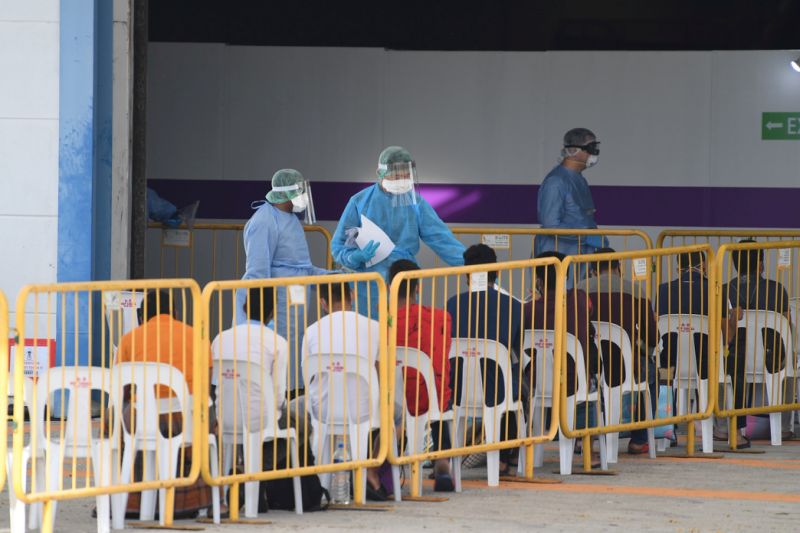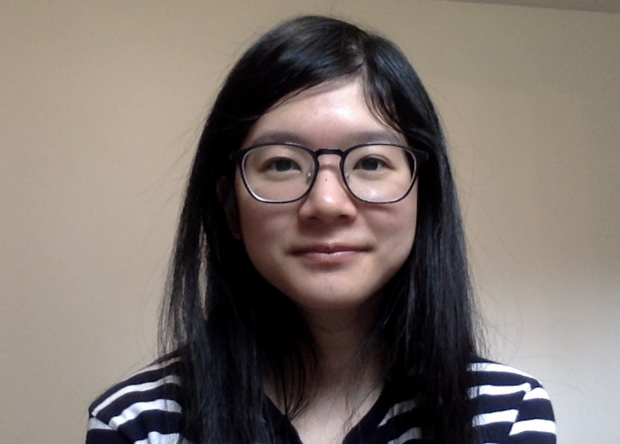Singapore’s reputation for enforcing law and order has once again been held up as the gold standard as comparative policy makers assess responses to the COVID-19 pandemic. The government reacted preemptively and promptly in rolling out wage subsidy and welfare assistance for workers in essential services, as well as implementing a range of “circuit breaker” social distancing measures. Yet the most recent surge of new COVID-19 cases that are erupting across the island reveal the stark disparity between “two Singapores” — one for Singaporean citizens, permanent residents and expatriates, the other for its transient labor force.
The unprecedented surge of COVID-19 cases is alarming — over 3000 new cases from 18 to 20 April — but it illustrates the inequities of the developmental state’s aggressive industrialization ever since its leaders proclaimed that “we want to be even more consistently modern than the British themselves were”. The first alarm bell sounded on 16 April when a daily high of 728 new cases were reported. Then came the next few days with an average of more than 1000 new cases daily. On 20 April, 1369 out of the 1426 new cases were in foreign worker dormitories, with three clusters found in Jurong Apartments, Woodlands Lodge II, and Sungei Kadut loop. On 21 April, 1111 new cases were reported, out of which 1050 are foreign workers residing in dormitories. 20 were among Singaporean citizens and permanent residents, 8 were among work pass and long-term pass holders, and 33 were among work permit holders not residing in dormitories. The stark disproportionality in the number of new cases has been the trend since the surge. Overall, out of Singapore’s total of 9125 cases (at the time of writing), nearly four out of every five are foreign workers in dormitories.
“So when we look at the situation in Singapore, I think it is important to realise and recognise that we are dealing with two separate infections — there is one happening in the foreign worker dormitories, where the numbers are rising sharply, and there is another one in the general population where the numbers are more stable for now”.
(Lawrence Wong, Minister of National Development, 2020)
There are good reasons why many comparativists are dissatisfied with using the nation-state as the de facto unit of analysis. Singapore’s responses to global crises have been consistently held up by international agencies as the gold standard, yet these assessments mask the vast inequity between “two Singapores”, for lack of a better term.
The government’s extensive series of “circuit breakers”, which has just been renewed for another month, was announced effective from 7 April to 4 May. These included the closure of all schools and non-essential workplaces, including schools, gyms, museums, and the island’s two famed resort casinos. The government also distributed face masks and hand sanitizers to all households on weekends. At that time, there were zero imported cases due to an earlier mandatory 14-day quarantine system for returning travellers (citizens and PRs only) who were assigned hotel rooms. On the healthcare front, at the early stage, all confirmed cases, regardless of severity, were warded in hospitals and only discharged after two continuous tests came back negative within a 24-hour window. As the infection curve began to rise, hospital places were reserved for moderate-to-severe cases which required more sophisticated medical monitoring. The bulk of cases required basic attendance and safe isolation from other community members to prevent transmission. To date, the death toll is at eleven, all of which are elderly persons who succumbed to complications of COVID-19. In sum, the contact tracing and isolation system are to stay ahead of the curve while healthcare capacity continues to operate with spare treatment capacity, that is among Singaporean nationals.
As citizens enjoy the comfort of hotel rooms, foreign workers in dormitories have to go about their daily activities under unsafe conditions. Some patriotic and highly educated citizens have blamed the “bad personal hygiene habits” of migrant workers, arguing that the ‘quality’ of a person can thwart even decent accommodation facilities. Not only do such views espouse xenophobia and racism, they ignore Singapore’s own developmental history of economic nationalism and the consequences that has for the almost one million work permit holders who form the backbone of social reproduction.
Official statements from the relevant ministries claim that the cluster outbreaks in dormitories was something that they did not have the privilege of hindsight for, there is no way the government could have not known of these possibilities. For at least ten years, the non-profit organisation, ‘Transient Workers Count Too’ (TWC2) has warned of the need to revamp dormitory conditions for better insulation against dengue and Zika. As some local writers have pointed out, one cannot have foresight for what they refuse to see. The state’s resource priorities are with citizens and members of the socioeconomically privileged cosmopolitan class. Whose lives matter?
Now, the government’s strategies have taken a 180-degree turn, even if only patronizingly out of the sake of preventing ‘spillover’ of cases into the non-dormitory population. The taskforce was forced to face the fact that while it is in principle possible to maintain low infection rates outside dormitories by tightening restrictions for foreign workers, the healthcare system would be strained should there continue to be more than 1000 new cases per day in dormitories. The latest measures involve extensive testing of all workers-in-residence on dormitories in a systematic manner and isolating those with symptoms and confirmed cases in assigned spaces. Floating hotels, public housing blocks, empty military bases, carparks and the Singapore Expo Halls are some of the venues that have been cleared up to facilitate safer social distancing among migrant workers.
Alas, state actors are recognizing that the fortunes of citizens are tied to the welfare of migrants in Singapore. Singapore presents a useful example of the complexities that using the state as a non-disaggregated unit of analysis can hide.

